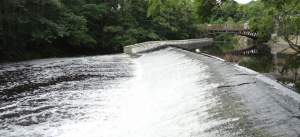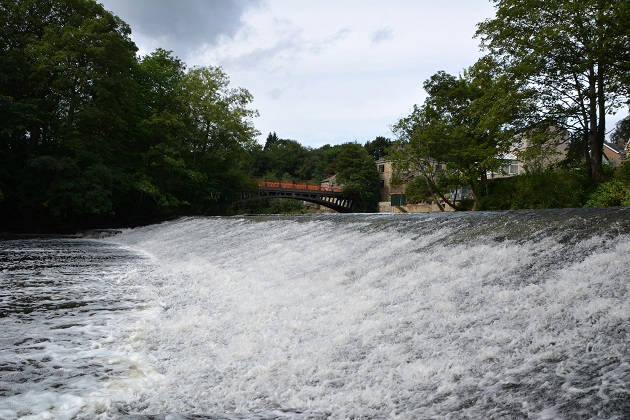Plans for a new fish pass at Newlay Weir could help a prehistoric fish said to be the cause of King Henry I’s death thrive again in the River Aire.

The DNAire project aims to return the River Aire to the rich ecological habitat it was before the Industrial Revolution, where pollution from the district’s factories killed off many of the species in the river. It aims to attract more lampreys, eels and fish to the river.
The £1.6m scheme, funded by the National Lottery, will see passes built on three other weirs as well as Newlay – with similar plans expected to be submitted at Armley and Kirkstall Weirs, as well as at Saltaire near Bradford.
The Newlay plans will see a small part of the Grade II Listed weir removed to accommodate the fish pass, which comprises a rectangular, concrete channel, topped by a mesh grate.
The planning application says:
“Through the construction of fish passes we will not only reconnect the ecology of the river but also tell the story of the river’s industrial past.”
The planning application has been submitted by the Environment Agency, which is working with the Aire Rivers Trust on the DNAire project.
Newlay Weir is one of 18 West Leeds buildings or monuments on the council’s ‘heritage at risk’ list.

Similar fish pass are already at St Ann’s Mill, to the east of Morrisons at Kirkstall, and Burley Mills.
During the Middle Ages Lampreys were widely eaten by the upper classes throughout Europe. It is thought King Henry I died from overindulging on lampreys, snake-like creatures which predate dinosaurs by 200 million years. They can grow up to 3ft long.
The Newlay Weir planning application can be viewed in full here.

